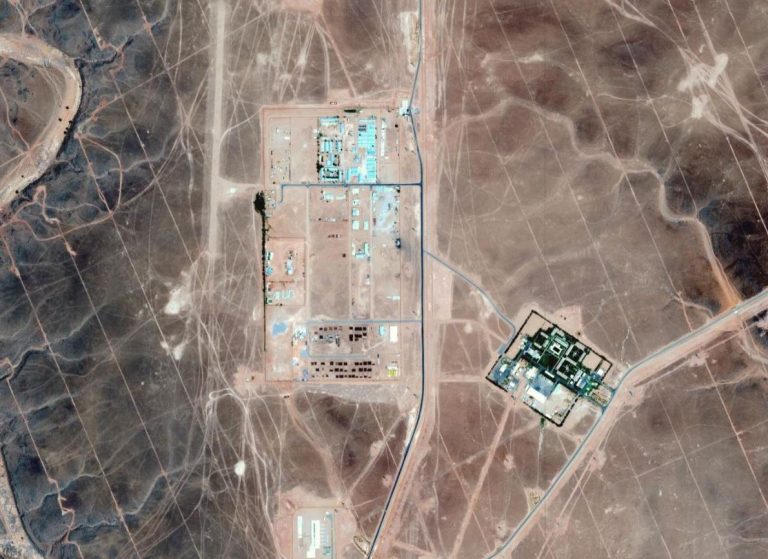Facing valuation discrepancies, our client required an impartial assessment of their brand’s worth. To address this, the client engaged Qabas to provide a rigorous and detailed brand value assessment. We utilised proprietary royalty databases, industry benchmarking, and regional market considerations to deliver a precise and transparent valuation.
Technical Approach
Proprietary Royalty Databases:
- Data Analysis: Utilised exclusive databases to analyse historical and current royalty rates, assessing their impact on brand value.
- Trend Examination: Examined historical royalty rate trends to ensure the relevance of current valuations.
- Statistical Modelling: Applied statistical models to forecast future royalty revenues based on industry and market data.
Industry Benchmarking:
- Comparative Analysis: Conducted thorough benchmarking against industry standards to ensure accuracy and relevance.
- Sector Comparisons: Analysed comparable brands within the same sector to establish a valuation baseline.
- Brand Strength Evaluation: Evaluated brand strength using established metrics such as brand loyalty, market share, and customer perception indices.
- Financial Metrics Application: Applied financial metrics, including EBITDA multiples, to align the brand’s value with industry practices.
Regional Market Analysis:
- Macro-Economic Assessment: Incorporated regional market dynamics specific to Libya to tailor the valuation.
- Economic Indicators: Assessed macroeconomic indicators such as GDP growth, inflation rates, and foreign exchange fluctuations to contextualise the brand’s market position.
- Consumer Behaviour Analysis: Analysed local consumer behaviour patterns and purchasing power to understand the brand’s resonance in the Libyan market.
- Competitive Landscape: Evaluated the competitive landscape to determine the brand’s relative standing among local and international competitors.
- Regulatory Considerations: Considered regulatory factors impacting brand operations and market accessibility in Libya.
Valuation Methodology:
- Relief-from-Royalty Method: Employed this method to estimate hypothetical royalty savings if the brand were licensed.
- Income Approach: Discounted projected future earnings attributable to the brand to present value.
- Market Approach: Utilised comparable recent transactions involving similar brands to establish a benchmark.
Validation and Verification:
- Sensitivity Analyses: Conducted sensitivity analyses to assess the impact of key assumptions and variables on the brand’s valuation.
- Stress Testing: Performed stress testing to evaluate the robustness of the valuation under various economic scenarios.
- Cross-Validation: Cross-validated the results using multiple valuation methods to ensure consistency and reliability.
Outcomes
This rigorous approach yielded a technically robust and transparent valuation, offering a detailed and precise second opinion on the brand’s worth. Our method ensured that the client received an assessment grounded in industry standards, tailored to the unique market dynamics of Libya. The valuation provided clarity and confidence, supporting the client in strategic decision-making regarding their brand’s positioning and potential market strategies.




